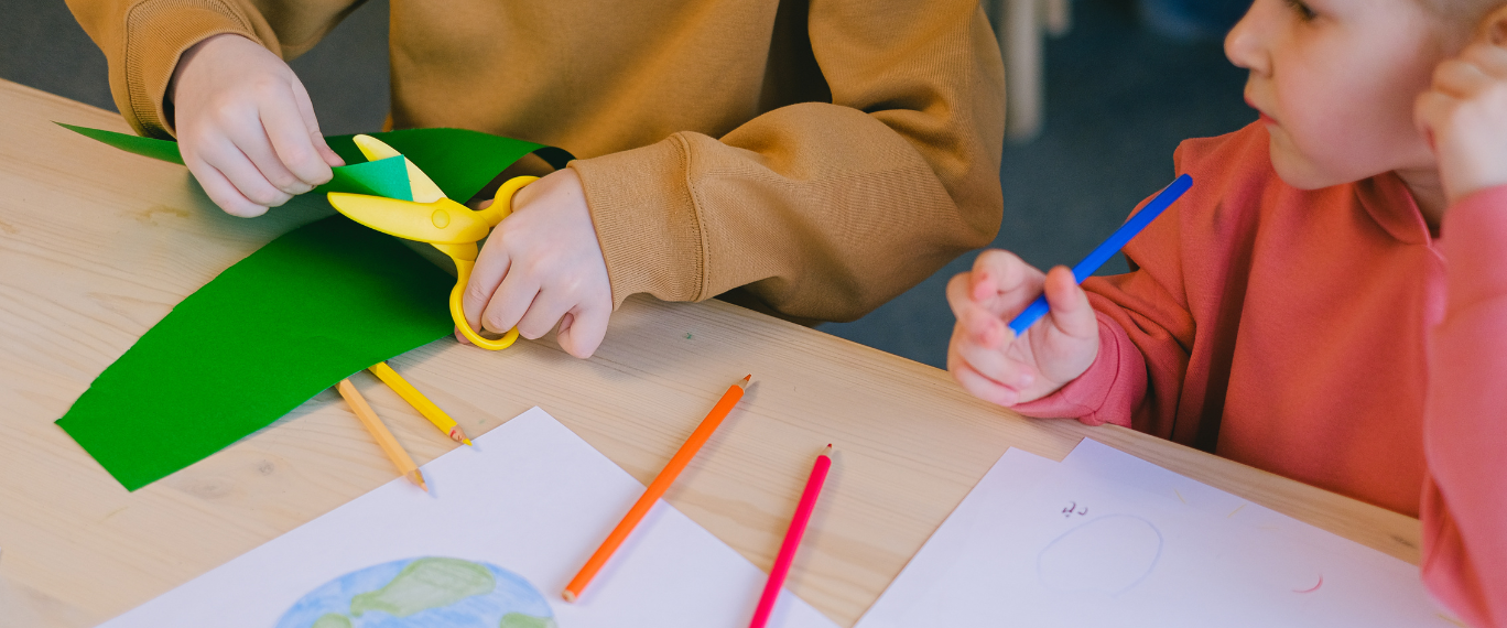School Strategies

Children can experience a range of difficulties completing tasks at school. We have provided strategy sheets for some of the most common difficulties. Our strategy sheets contain a range of strategies and activities that can trialled at home and school to support the child to develop the skills needed.
Prewriting
Before children are ready for writing, they need to develop their hand skills along with strength and control in their arms and shoulders. It is important that children understand where their hands are and what the movements feel like. These are skills children can learn through play and through practice, their movements will become faster and more accurate. This strategy sheet provides advice and activities to support children to develop the skills needed for writing.
Letter Formation
Children can often have difficulty with forming and reversing letters. For children that are having difficulty or looking for a fun way to learn letter formation, we have provided a variety of activities that can support children to learn.
Multi Sensory Letter Formation
Handwriting
Handwriting is a very complex perceptual-motor skill which takes up a large proportion of the child’s school day. In order to be able to write, a child needs to have appropriate core skills: good postural stability to sit/stand to make marks on the page and fine motor skills to manipulate a pen/pencil. The following strategy sheet provides a range of activities and strategies to help with pencil grip, writing on the lines, spacing, pressure and much more.
Crossing the Midline
Visualise an imaginary line going down the centre of your body from head to foot separating both side, this is the midline. Crossing the midline is the child’s ability to spontaneously move their arms or feet over the midline, rather than each hand working on its own side of the body. Crossing the midline is important for developing hand dominance, reading and writing exercises as well as gross motor activities. Children who have difficulty crossing the midline tend to develop compensatory methods which can include, switching between hands, leaning or moving when writing or adapting the positioning of the paper when writing, which can make writing more difficult for the child. We have provided a range of activities to encourage children to develop this skill.
Left Handed Writers
Children who write with their left hand can often come across additional barriers to writing, as the pen can often smudge, they can have restricted space if they are sat next to a right handed child and it is more difficult for them to see what they have written. We have included some important factors to consider for left handed writers to make writing easier.
Scissor Skills
Before children can successfully use scissors, there are several skills they need to successfully develop. These include:
- Good sitting balance
- Hand dominance
- The ability to use both hands at the same time
- The ability to isolate the movements of their thumb, index and middle fingers
- Having enough muscle strength in the hand to be able to control the scissors
We have included activities to support children to develop the skills needed for using scissors and developing their scissor skills.
Typing skills
Learning to type is an important skill for all children to learn but can be particularly beneficial for children with motor co-ordination difficulties. Typing requires less input than handwriting and therefore can make writing tasks easier for some children. Where there are large pieces of written work required, a child may benefit from using a keyboard to type their work to ensure that their work represents their ability. We have provided some useful resources and activities to develop touch typing skills.
High School
There are lots of skills that your child will need in preparation for high school that they may not have mastered yet, including how to organise themselves, navigating around unfamiliar environments, reading timetables and much more. Moving to secondary school can be stressful for both children and parents so we have put together some information based on the most common worries that children face with this transition and activities and strategies to support them with learning the skills they need. What works for one child may not work for another, it is therefore important to trial the different strategies to determine what works best for the child.
High School General Information
High School Planning and Organisation